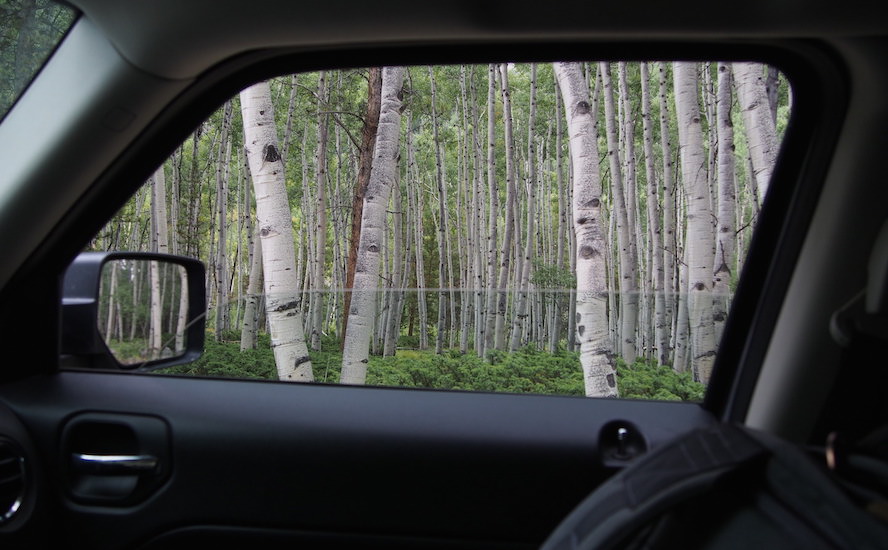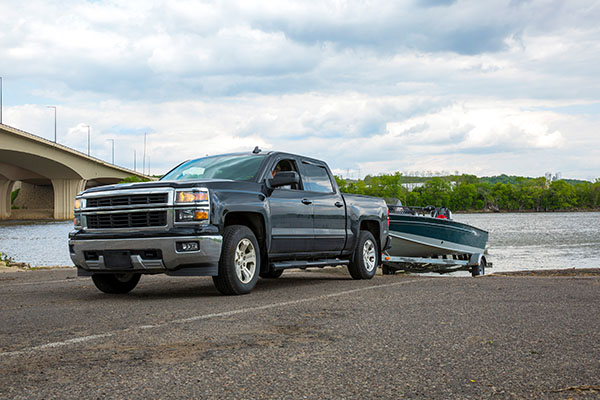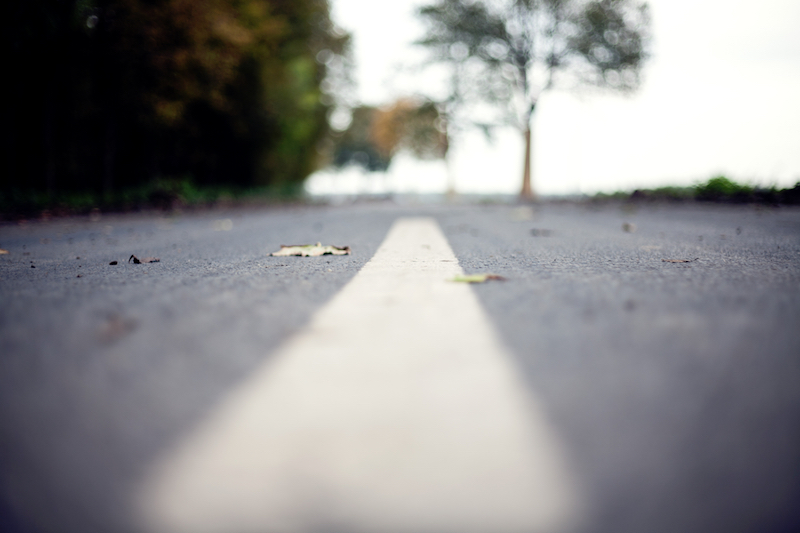
Source | Public domain
What Is Rust and How Do You Kill It?
Rust is the enemy of any vehicle, especially a classic or a daily driver you plan to keep for several years. Those menacing brownish stains or paint bubbles can mean an early retirement to the salvage yard if the issue isn't corrected, especially if it makes its way to frame members.
Rust is a chemical reaction caused from the interaction of oxygen and ferrous metal molecules. It happens on many kinds of automotive metals when they are exposed to air, although saltwater and winter road treatments expedite the process. Since it's a chemical reaction, it makes sense that chemistry can save the day by delivering products that stop the rusting process. Here's how to get rid of rust.
Before You Get Started On Your Rust Removal Project
A couple of pointers before getting started. Pick a day with low wind and decent weather, or do all these steps in a garage. Your ride should be clean, dry, and out of sunlight. If this is your primary vehicle, realize the entire process might take a full day as you wait for paint and primer to dry. There are thousands of products, methods, and how-to videos showing how to remove rust, but go with the method that seems closest to your issue and makes the most sense.
Estimated time required
Depends on severity—30 minutes to several hours
Skill level
Intermediate. This is a project that needs some know-how.
Tools needed
Step-by-step guide
Minor Surface Rust
For minor rust issues such as considered chips on the leading edge of the hood or spots of rust on the roof, using a liquid or aerosol rust remover is a cinch.
1. Mask off the affected area with paint-appropriate tape. You want a few inches of protection surrounding the rust spot.
2. Follow the directions on the rust remover, usually spraying or brushing it onto the rust and letting it sit for a few minutes. Then, wipe off any residue with a clean rag. Remember that rust remover is nasty stuff, so be sure to wear the appropriate protective gear when handling it.
3. The rust should be gone, but remove any leftover rust with sandpaper.
4. Clean with a grease and wax remover soap, then air dry.
5. Spray primer in a light-to-medium coat, and allow an hour to dry. Spray three coats.
Tip: Practice spraying on a piece of cardboard to get a feel for the spray velocity. Try different distances from the cardboard and back-and-forth patterns and overlaps to see how the paint will actually apply.
6. Spray the color base coat, going thinner than the primer. You may have to do five or six coats for complete coverage. Give it plenty of time between coats to prevent drips.
7. Spray the clear coat. Wait two or 3 days before washing, and wait a minimum of two months (some body shops suggest waiting for six) before waxing.
Major Rust Removal
For more serious rust issues, like when an entire steel bumper is under attack, it's time to step up the tools. These steps will show you how to remove rust from metal.
1. Mask off the affected area. If sanding through paint and primer, cover the rest of the vehicle to protect it from the super-fine dust. Have your dusk mask on.
2. Use a grinder with a sanding wheel to remove as much surface rust as you can. When removing the rust, remember not to bear down any heavier than you absolutely need to.
Tip: Skip the metal grinding wheel. It will remove too much undamaged metal.
3. Clean the work area with grease remover.
4. Use a fiberglass-reinforced body filler for holes and depressions left over after digging out the rust. Allow it to cure completely. This could take quite some time, and shouldn't be done at all if it's any cooler than about 65 degrees outside.
5. Sand the filler with progressively finer grit sandpaper, and then clean with wax and grease remover.
6. Tape off the area to be painted.
7. Use the self-etching primer and wait the required drying time.
8. Spray several light coats of paint.
9. Finish with a coat or two of clear. Like above, hold off on washing and waxing.
Part Replacement
Some vehicles are just more rust-prone than others, with designs that allow moisture and rust to get a foothold early on. Don't bother with rust repairs if the damage is too great. Holes rusted through a fender will require welding in a new patch panel, a process that can be tricky and expensive at the body shop. When rust damage exceeds more than 20 percent of the part, just replace the damaged piece entirely. Advance stocks a huge assortment of fenders, floor pans, and any other replacement metal parts you might need.
Tip: The best way to deal with rust is not to let it accumulate at all. Especially during the winter months, make sure your vehicle has multiple coats of wax that will protect paint and quickly shed road grime and water. If you're driving on snowy or salty roads, don't let the snow and road chemicals accumulate. Wash them off (and pay special attention to hard-to-reach wheel wells and doorjambs)—even if it's a cold day.








